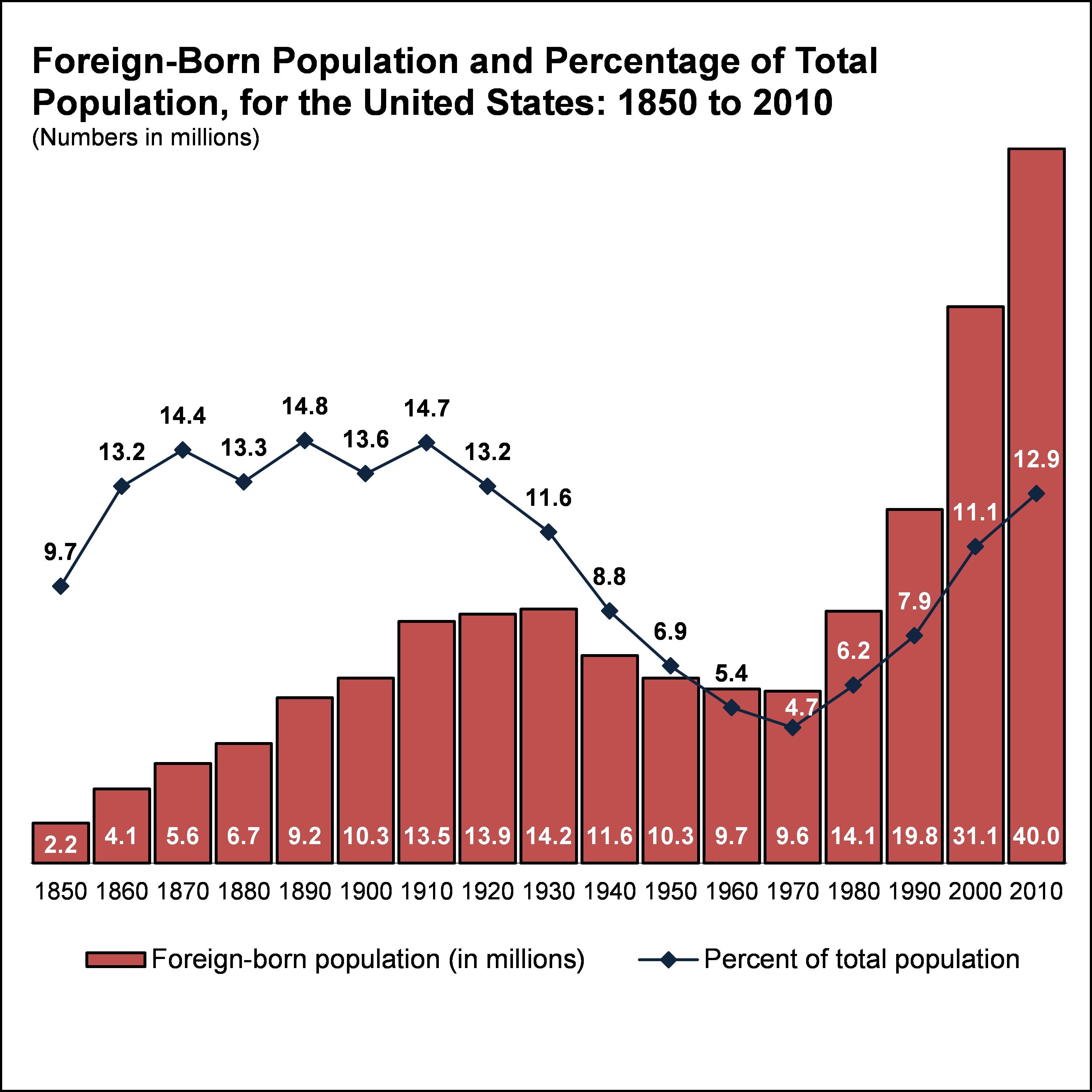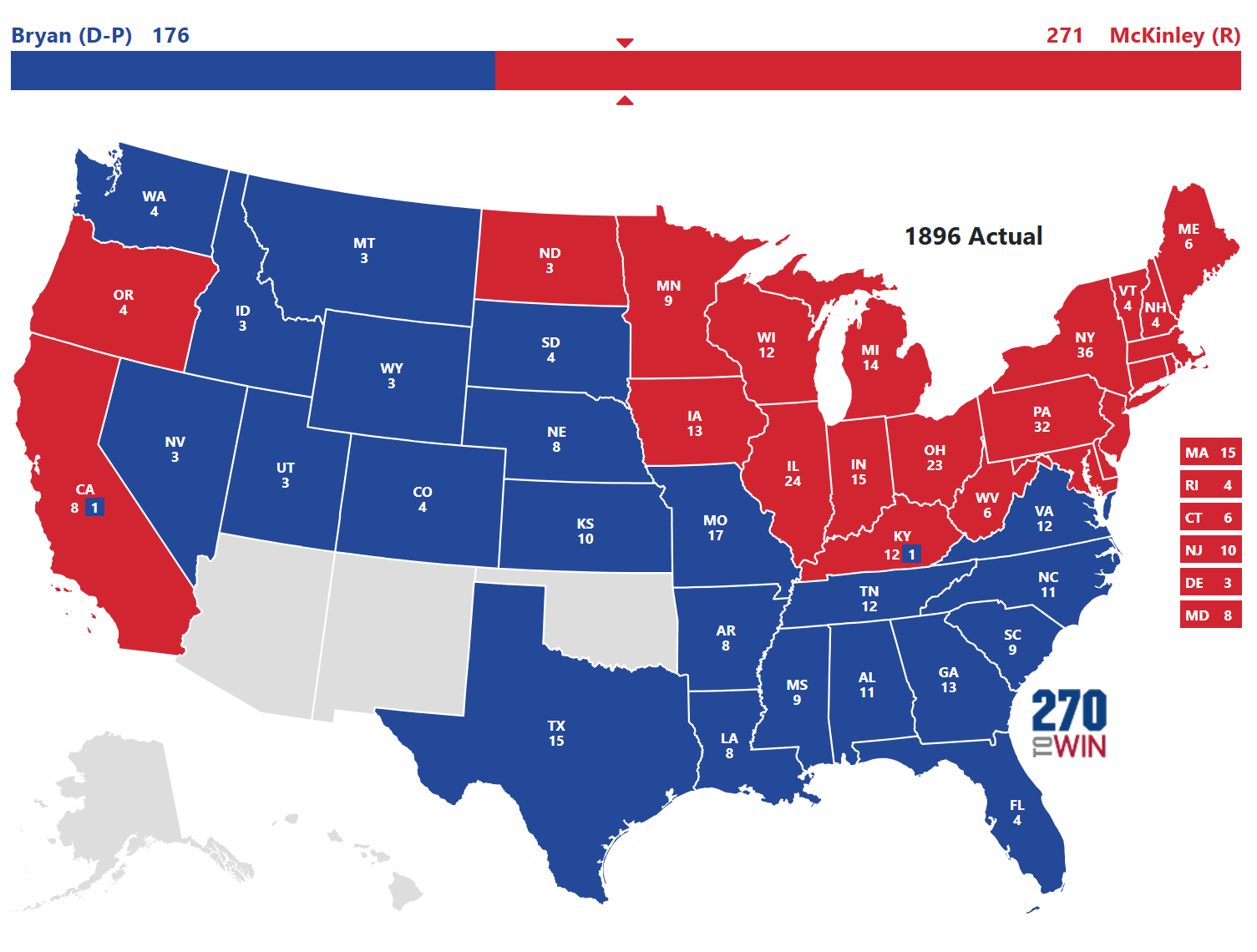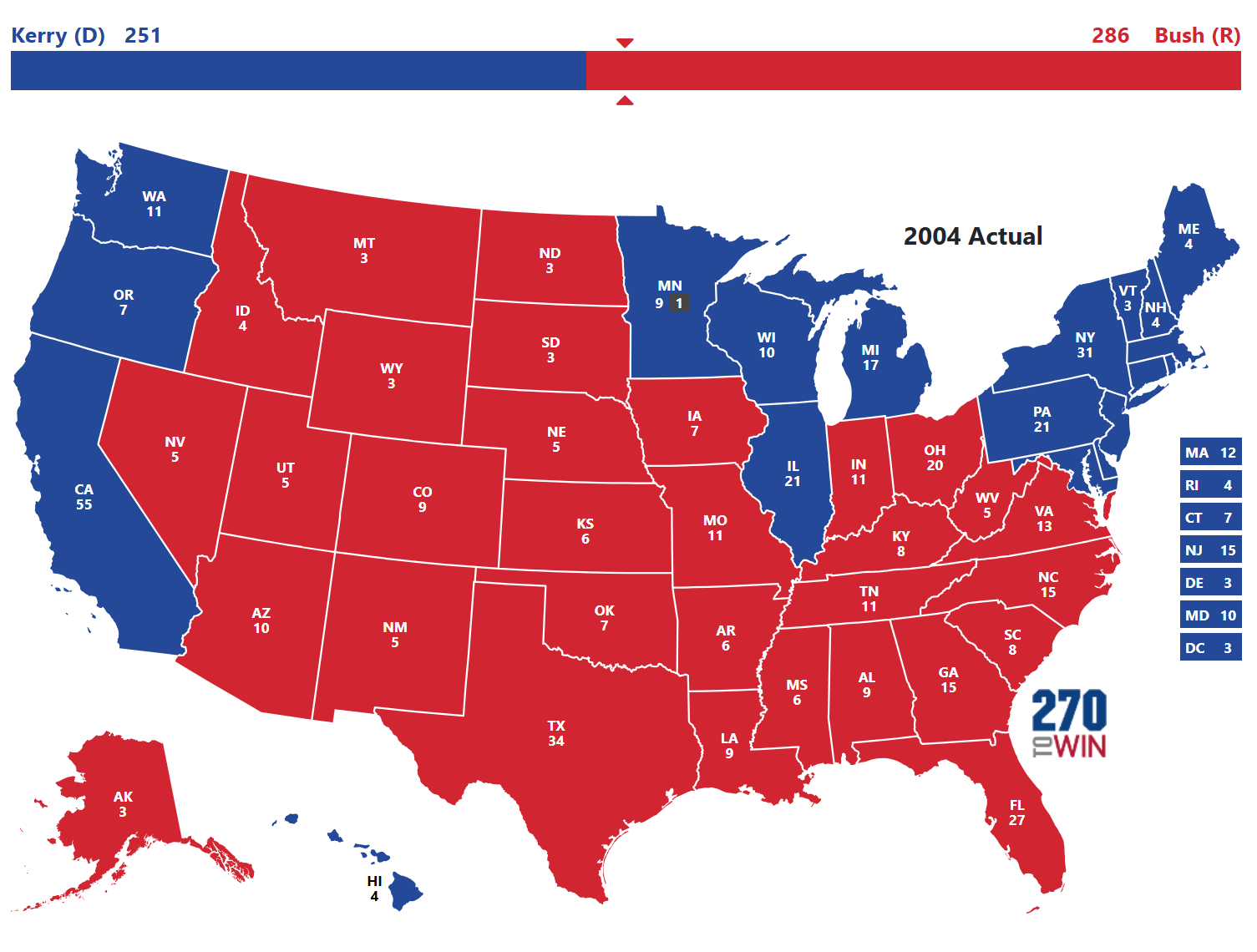This blog serves my American Politics Parties course (CMC Government 123) for the spring semester of 2024. Link to syllabus below.
Tuesday, January 30, 2018
Party Organizations I
State Party Organizations:
"Honest Graft"
Supreme Court decisions curb patronage
Example of contemporary state party activity:
Monday, January 29, 2018
Russian Today's Headline: No new Russia sanctions yet, law working as intended – State Department
I thought it would be interesting to see how the Russian Government funded news network's take on the Trump Administration's decision to not enforce Russian Sanctions. They wrote this article about the curious decision.
They decided to go with the headline: No new Russia sanctions yet, law working as intended – State Department
Here are the last couple paragraphs in the article, which I think do a good job of giving you the gist of the article:
They decided to go with the headline: No new Russia sanctions yet, law working as intended – State Department
Here are the last couple paragraphs in the article, which I think do a good job of giving you the gist of the article:
Nauert's statement falls short of the expected “oligarchs list” outlined in CAATSA, which would have included “indices of corruption” and the net worth and known sources of income of the people named and their spouses, children, parents, and siblings. Any US assets, such as real estate, were also ordered to be listed, according to the New York Times.
The intent was to “name and shame” Russian oligarchs and send a message that “Putin’s aggression in terms of Russian interference in our elections will be very costly to them,” said Daniel Fried, a former assistant secretary of state who led the State Department Russia sanctions office, as quoted by USA Today.
Russia’s Deputy Prime Minister Arkady Dvorkovich said last week that Moscow regards the sanctions as “counterproductive and senseless.”
On Friday, the Trump administration announced sanctions against 21 individuals, including Russian energy minister Andrey Cherezov, as well as nine business entities.
After reading that, does the framing seem favorable towards the Russian Government and the Trump Administration? Is this biased journalism? If so, does this further support the possibility of collusion between the Russian government and the Trump administration?
Link to the article: https://www.rt.com/usa/417326-russia-sanctions-secret-briefing/
Thursday, January 25, 2018
Party, Ideology, Polarization
What is party discipline?
- See Kathryn Pearson, Party Discipline in the US House of Representatives
- Committee assignments
- The doghouse
- Campaign finance/electoral sanctions. Problem: party organizations generally do not pick candidates and, in federal elections, parties account for only a small percentage of receipts.
Origins of the proposals
- The Dixiecrats were very real
See for instance, 86th Congress (elected 1958).
South


House seats by party holding plurality in state
80+%–100% Republican
80+%–100% Democratic
60+%–80% Republican
60+%–80% Democratic
up to 60% Republican
up to 60% Democratic
- "Conservative coalition" of Republicans and Dixiecrats dominates Congress until 1964
In the 1960s:
- LBJ landslide
- Redistricting decisions
- Changes in party nomination procedures after 1968
- Voting rights. Andrew Young: "It used to be Southern politics was just “n-----” politics ... then you registered 10 to 15 percent in the community and folk would start saying “Nigra,” and then you get 35 to 40 percent registered and it's amazing how quick they learned how to say `Neegrow.' And now that we've got 50 to 70 percent of the Black voters registered in the South, everybody's proud to be associated with their Black brothers and sisters."
Toward a More Responsible Two-Party System
I thought the point made in the "Toward a More Responsible Two-Party System" essay about disciplinary action versus positive incentives was a little confusing (page 21). It seems that the authors suggest that there can be disciplinary action only as a last resort for party disloyalty or the like, and that it is better to rely on positive incentives to keep party members loyal and productive. But what would those incentives look like, if they are different from what we have now? And if we did have disciplinary action, even as a last resort, what would that be?
Tuesday, January 23, 2018
Party History and Polarization
The South goes GOP:

Union density in the United States:

The rise of the educated electorate

Why two parties?
Ballot access is a big problem
Ideology (Schier, p. 4)
The Mad Magazine version

Union density in the United States:

The rise of the educated electorate

Why two parties?
Ballot access is a big problem
Ideology (Schier, p. 4)
The Mad Magazine version
Monday, January 22, 2018
Thursday, January 18, 2018
What Are Parties? Do We Need Them?
From McClatchy:
BUT ARE THERE MODELS?
Countries and dependencies without legal political parties.
Federalists (die off by 1816) v. Democratic-Republican Party (also called "Democratic-Republican" or "Jeffersonian Republican").
Second Party System: 1828–1854
Democrats v. National Republicans, then Whigs
Third Party System: 1854–1890s
Democrats v. Republicans. The Democratic coalition includes pro-business Southern Democrats, traditional Democrats in the North and Catholic immigrants, among others. The Republican coalition consists of businessmen, shop owners, skilled craftsmen, clerks, and professionals.
Fourth Party System: 1896–1932
Domestic issues changed to government regulation of business and banking, the tariff, the role of labor unions, child labor, political corruption and reform. racial segregation, women's suffrage, and immigration. The nation shifts from rural to urban, from mostly native-born to immigrant stock.

Fifth Party System 1932-1968 (?)
New Deal Coalition. African-Americans, union members, and ethnic and religious minorities, city dwellers, "the Solid South." Republicans have the leftovers.
Afterward?
The FBI is investigating whether a top Russian banker with ties to the Kremlin illegally funneled money to the National Rifle Association to help Donald Trump win the presidency, two sources familiar with the matter have told McClatchy.
FBI counterintelligence investigators have focused on the activities of Alexander Torshin, the deputy governor of Russia’s central bank who is known for his close relationships with both Russian President Vladimir Putin and the NRA, the sources said.
It is illegal to use foreign money to influence federal elections.From Reason:
Adam Kokesh, longtime anarcho-libertarian activist who first came to public prominence with Iraq Veterans Against the War in 2007 and was later a big Ron Paul supporter, today filed the paperwork necessary to officially seek the U.S. presidency. He is hoping for the Libertarian Party's presidential nomination.
He also had his RV pulled over twice by Texas police, and was arrested the second time.
BUT ARE THERE MODELS?
Countries and dependencies without legal political parties.
- Bahrain — Political "parties" are banned, but political "societies" are allowed. The media, however, usually refer to these formations as "parties".
- Christmas Island
- Cocos (Keeling) Islands
- Falkland Islands
- Guernsey
- Kuwait — Political "parties" are not not legally recognized, but political blocs are allowed. The media, however, usually refer to these blocs as "parties".
- Federated States of Micronesia
- Norfolk Island
- Oman — Political parties are banned.
- Pakistan — Political parties are banned in the Federally Administered Tribal Areas.
- Palau
- Pitcairn Islands
- Qatar — Political parties are banned.
- Saint Helena, Ascension and Tristan da Cunha
- Saudi Arabia — Political parties are banned.
- Tokelau
- Tuvalu
- United Arab Emirates — Political parties are banned.
- Vatican City State
Federalists (die off by 1816) v. Democratic-Republican Party (also called "Democratic-Republican" or "Jeffersonian Republican").
Second Party System: 1828–1854
Democrats v. National Republicans, then Whigs
Third Party System: 1854–1890s
Democrats v. Republicans. The Democratic coalition includes pro-business Southern Democrats, traditional Democrats in the North and Catholic immigrants, among others. The Republican coalition consists of businessmen, shop owners, skilled craftsmen, clerks, and professionals.
Fourth Party System: 1896–1932
Domestic issues changed to government regulation of business and banking, the tariff, the role of labor unions, child labor, political corruption and reform. racial segregation, women's suffrage, and immigration. The nation shifts from rural to urban, from mostly native-born to immigrant stock.

Fifth Party System 1932-1968 (?)
New Deal Coalition. African-Americans, union members, and ethnic and religious minorities, city dwellers, "the Solid South." Republicans have the leftovers.
Afterward?
Tuesday, January 16, 2018
Some Starting Thoughts
“Revenge” = asking the state party to take up a censure resolution that’s probably going nowhere.— Sahil Kapur (@sahilkapur) January 16, 2018
I doubt Richard Shelby is quaking in his boots over this. https://t.co/nyygr6sd3B
Electoral change: a cinematic map


Subscribe to:
Posts (Atom)
